What is creative direction?
Creative direction is the process of identifying the right brand message and translating that into a form that can be communicated to the target audience and is usually carried out by a creative agency.
To put it simply, creative direction (CD) enables a brand to broadcast their brand message and story through various kinds of media touch points such as visual, content driven, digital marketing, video product, social media campaigns, or advertising with the intention of creating brand recall and loyalty.
With out CD, you may find that your brand identity and marketing is a patchwork of different ideas presented in different visual styles with out any kind of cohesive consistency.
CD also helps take the brand to new audiences, open up new markets, and help take brands in new directions. That is why every brand, big or small, must have creative direction as one of their core brand pillars.
Here at Spellbrand, we specialize in creative direction in logo design, brand identity, brand strategy, mascot character design, website design and other services that help awaken brands and make them impactful.
In this post, we want to look a 5 creative direction strategies with the help of examples that can help you get started with aligning your brand message and story with your audience.
Strategy 1 – Mystery Visuals
Let us start with a creative direction strategy that is gaining momentum with advertising agencies – mysterious visuals. By combining mysterious visuals and non-traditional colors, brands are communicating their message in a strong way. Let us take the case of this perfume brand below. You can see that the creative director has chosen a very dark and moody kind of outlook to frame the perfume brand.
The photography also reflects this mysterious tone and utilizes neon lighting to showcase the models in a very artistic way and would no doubt help with business growth. Compared to a lot of perfume brands on the market, this particular one will create brand recall quote easily. In fact, the art-like nature of the photos elevates the brand from a mere perfume to a sophisticated piece of art.
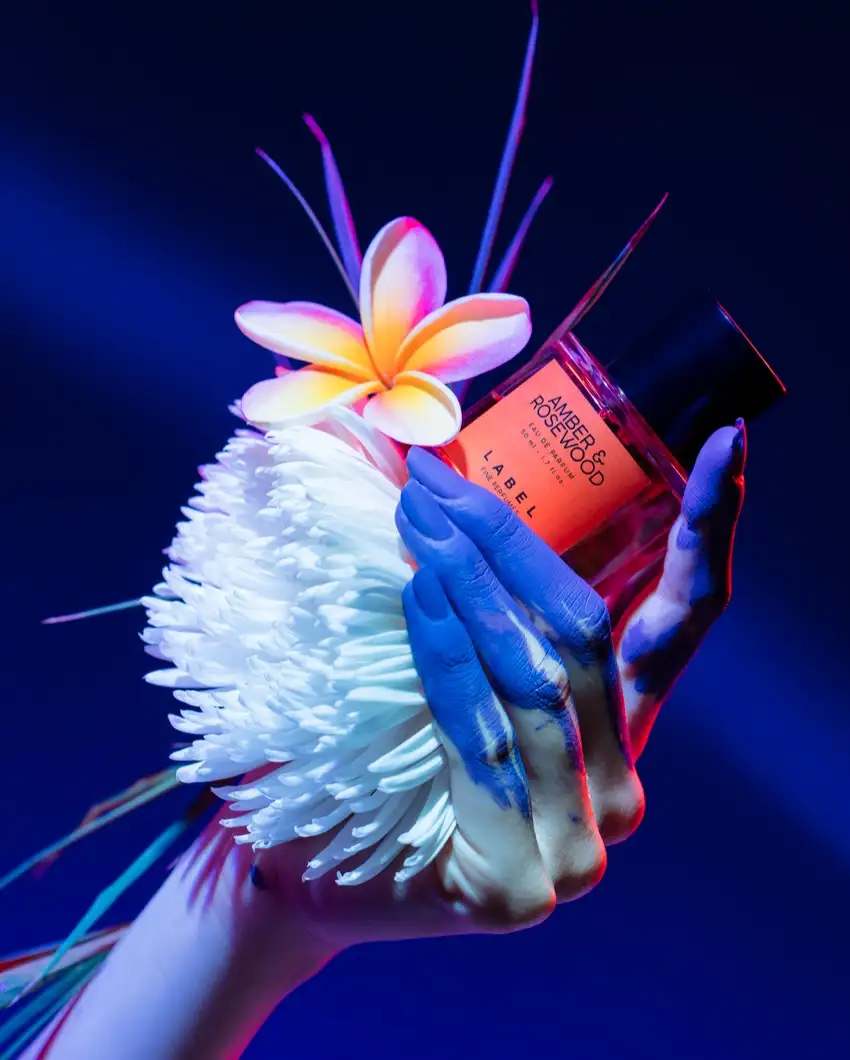
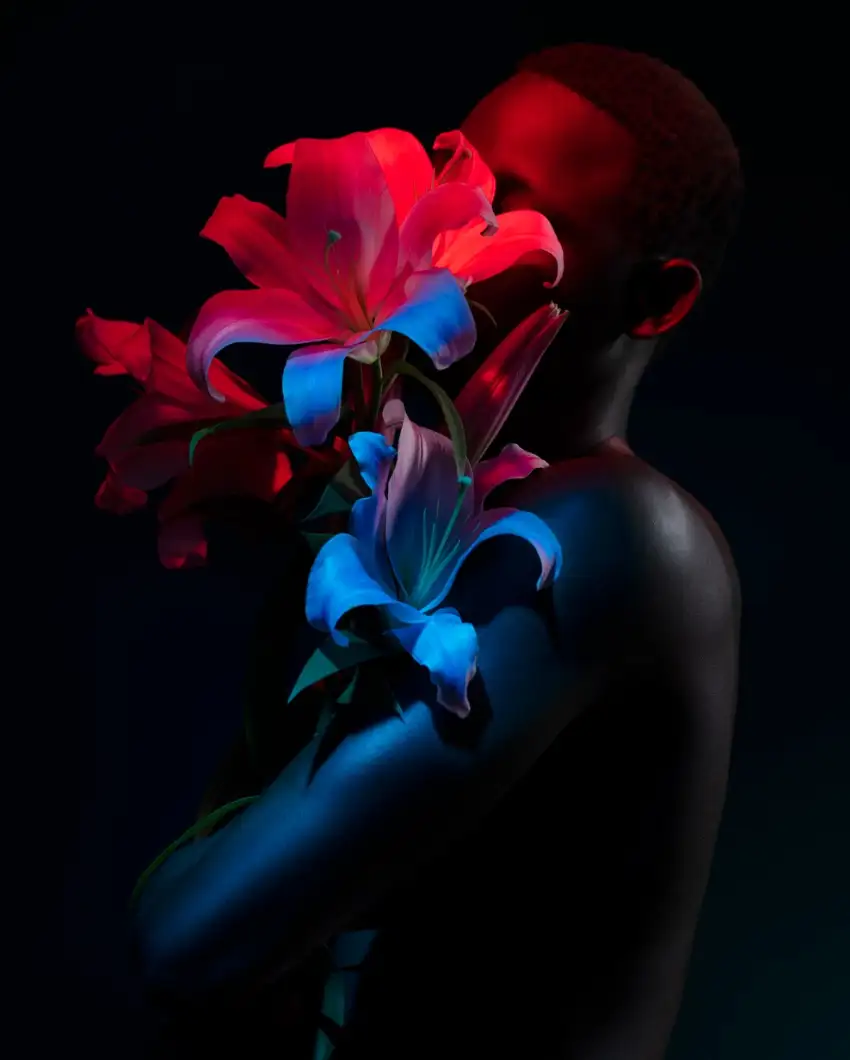
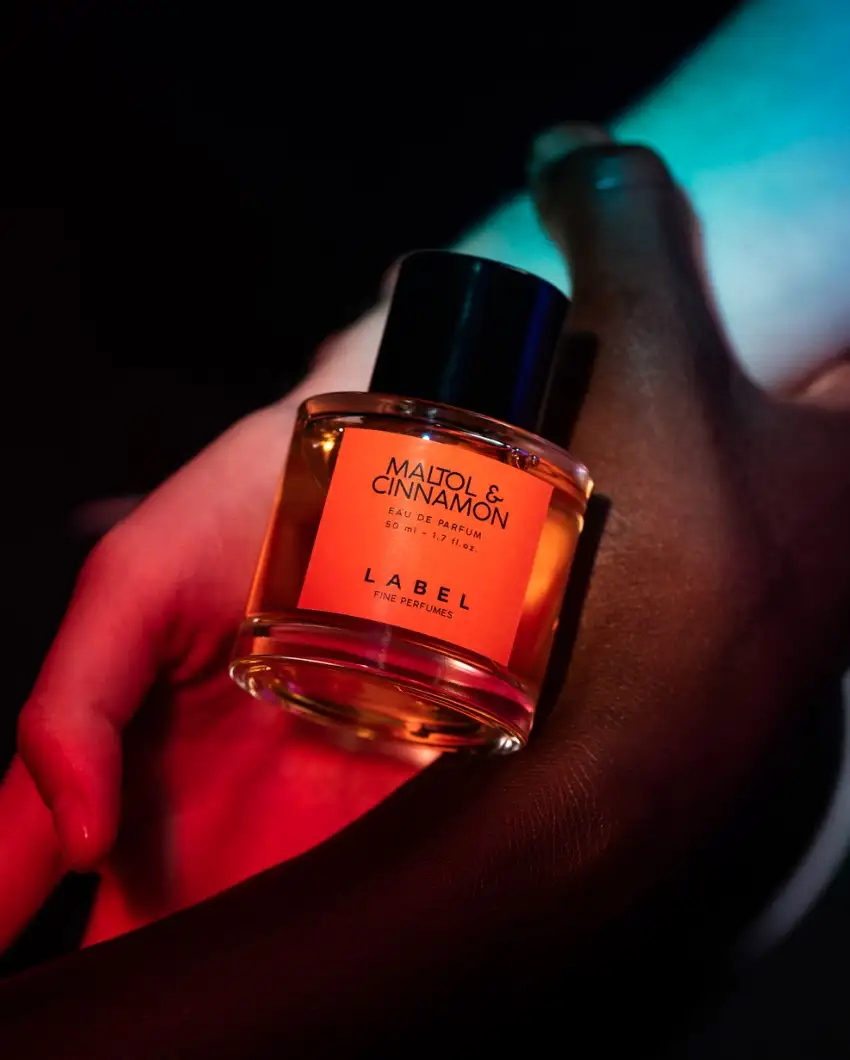
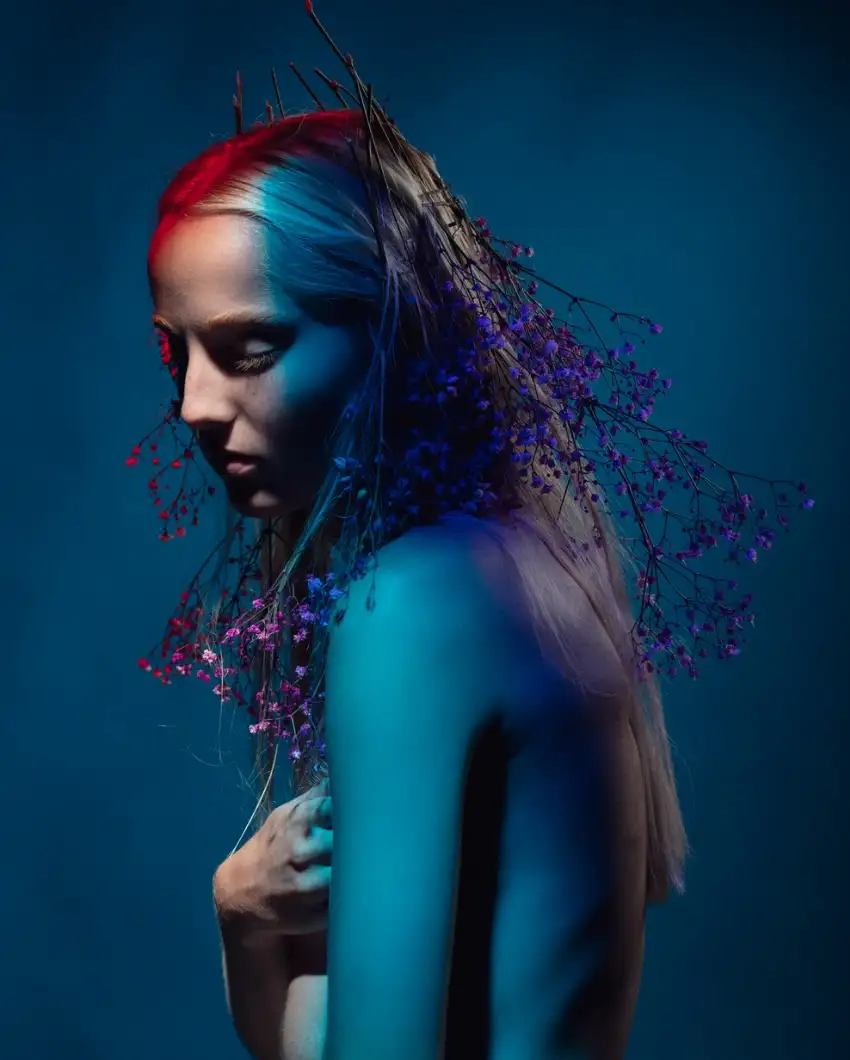
Strategy 2 – Minimalist Design
Although this is not a new style of CD and most bigger brands embrace this strategy all the time, smaller brands are now getting into this strategy. A minimalist design direction de-emphasis design elements and tries to create a stark look and feel which can sometimes cut through the noise in the marketplace and create recall.
The creative process for a minimalist design direction can be quite difficult for the creative department to pull off. Even with years of creative experience in marketing and advertising, this style of direction has to be carefully thought through and executed. You can not cut any corners.
Here is an example of a beauty product brand using the minimalist design style for their product labels as well as photography. The bottle labels are quite simple and you see no design elements except for the name of the product and other information.
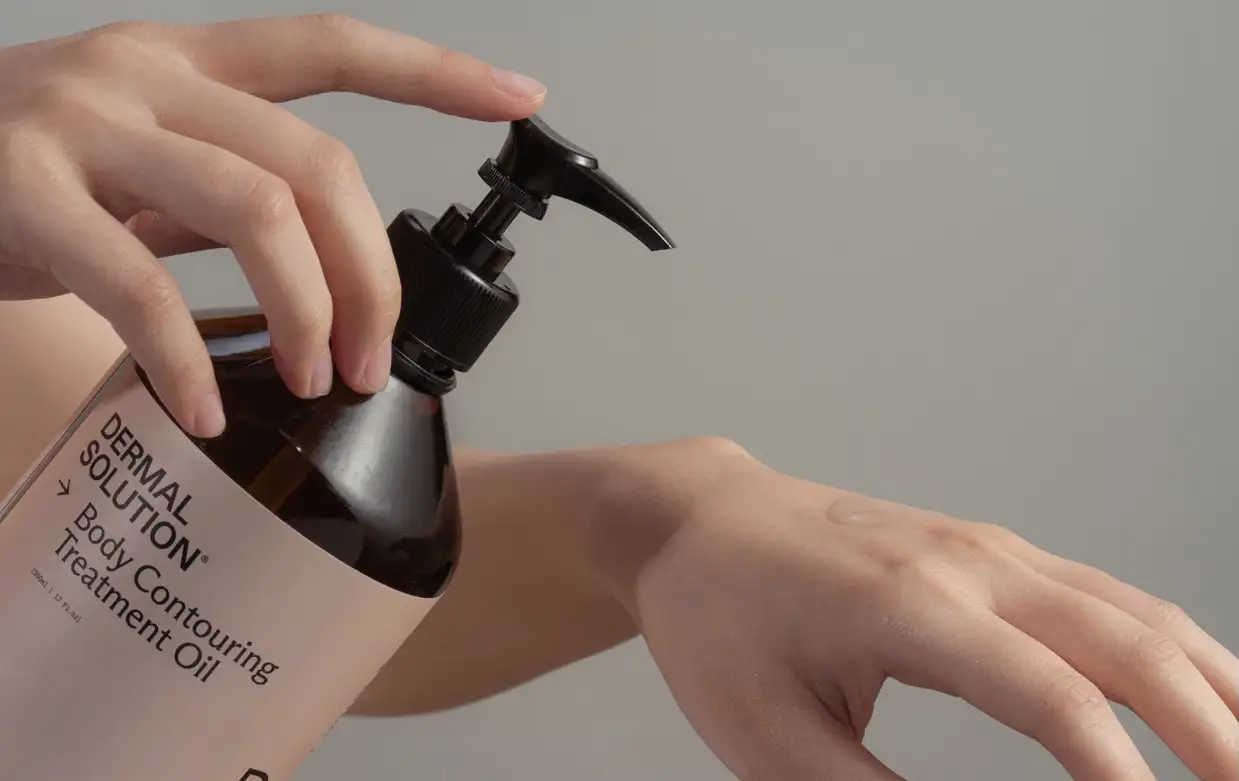



Strategy 3 – Exploring Taboo Themes
This strategy is one to be approached very carefully and is not meant for a majority of brands out there. The idea of using taboo or risky themes and motifs in your creative direction should be promoted for the right reasons that are informed by the brand strategy and story. This should not be used if your overall motif is one of the fine arts or if you have a strong call to action in your content marketing for long-term returns.
Take a look at the example below where this artist has taken a biblical approach to his personal profile photos. They are beautiful and exude an air of authenticity. Almost cinematic in look, the biblical direction really plays well with the model as well as the motif.
But exercise caution when going for design themes and branding motifs in your creative marketing strategies that could be considered taboo. You will need years of experience to pull this off successfully.
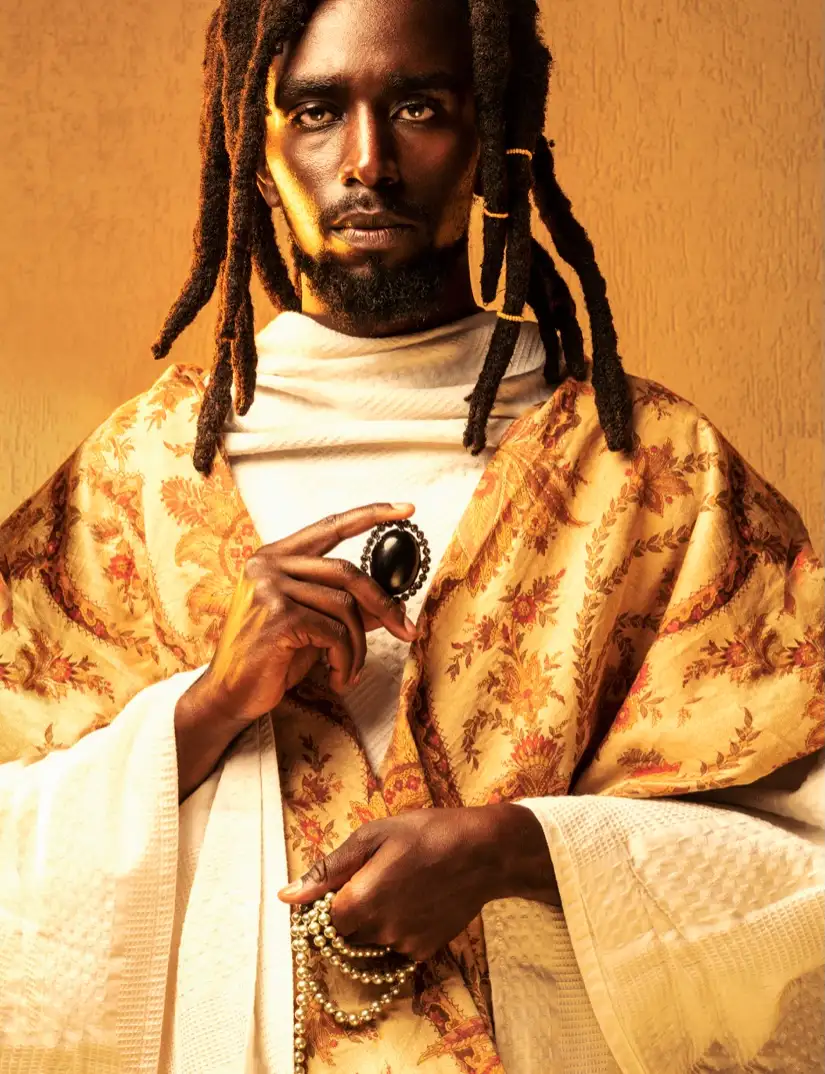
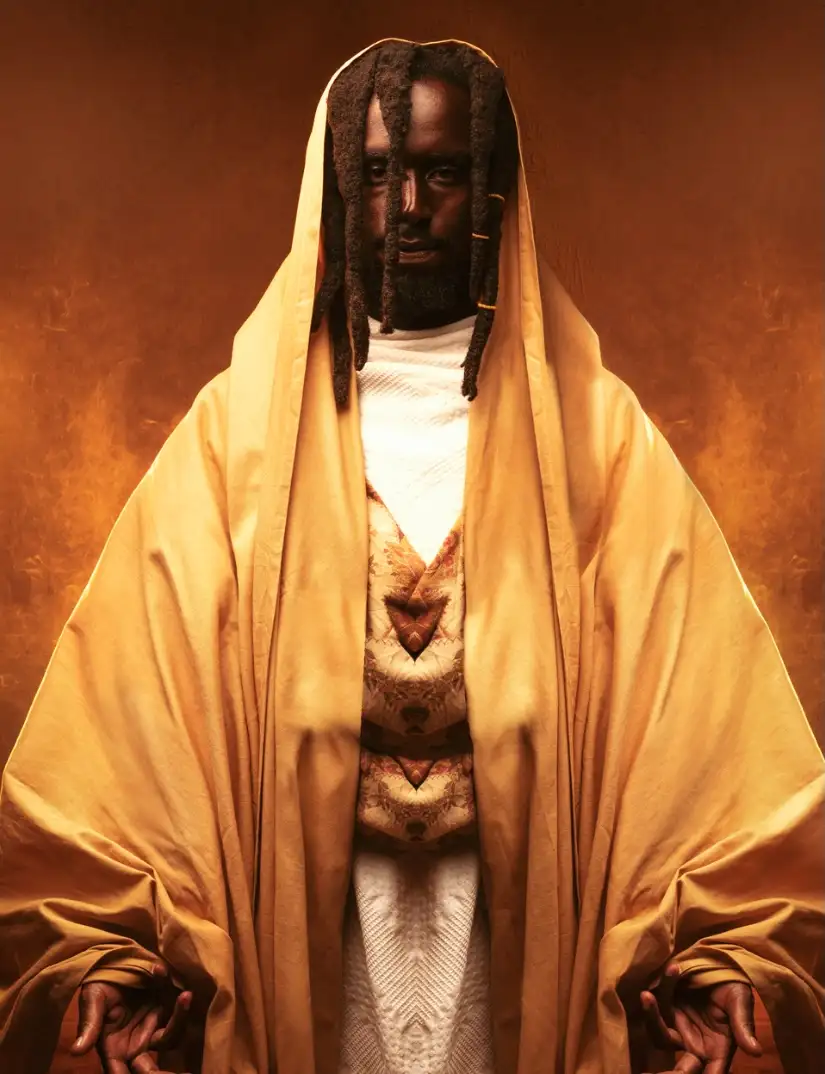
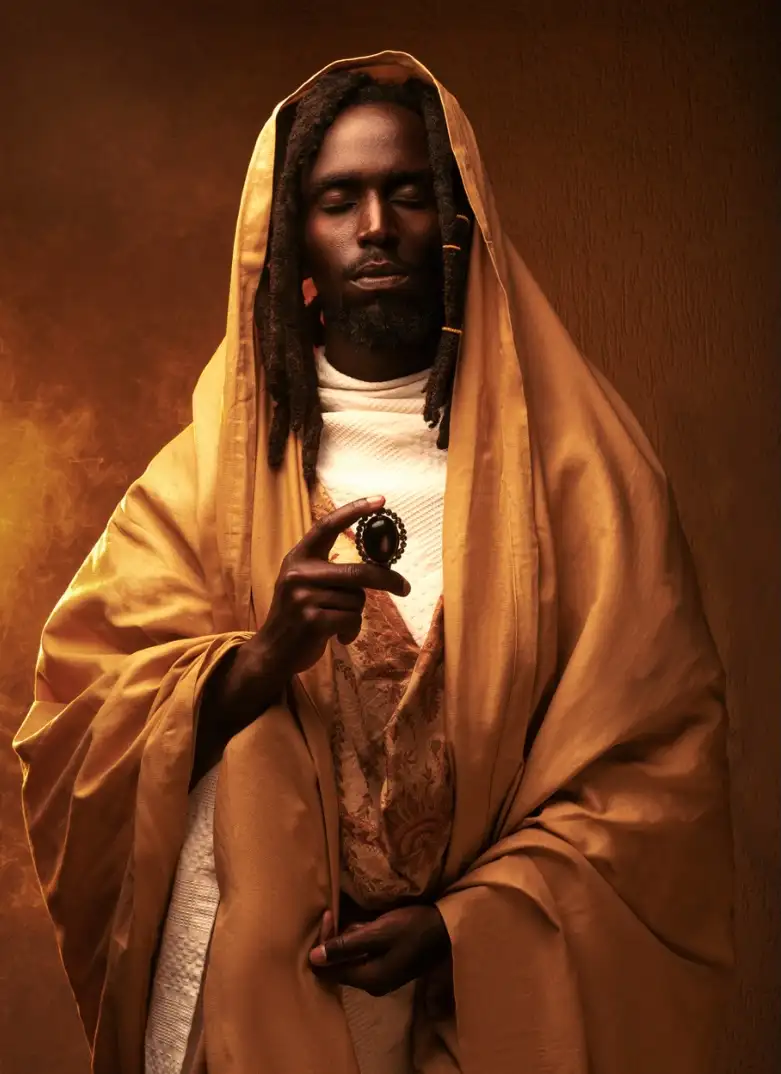
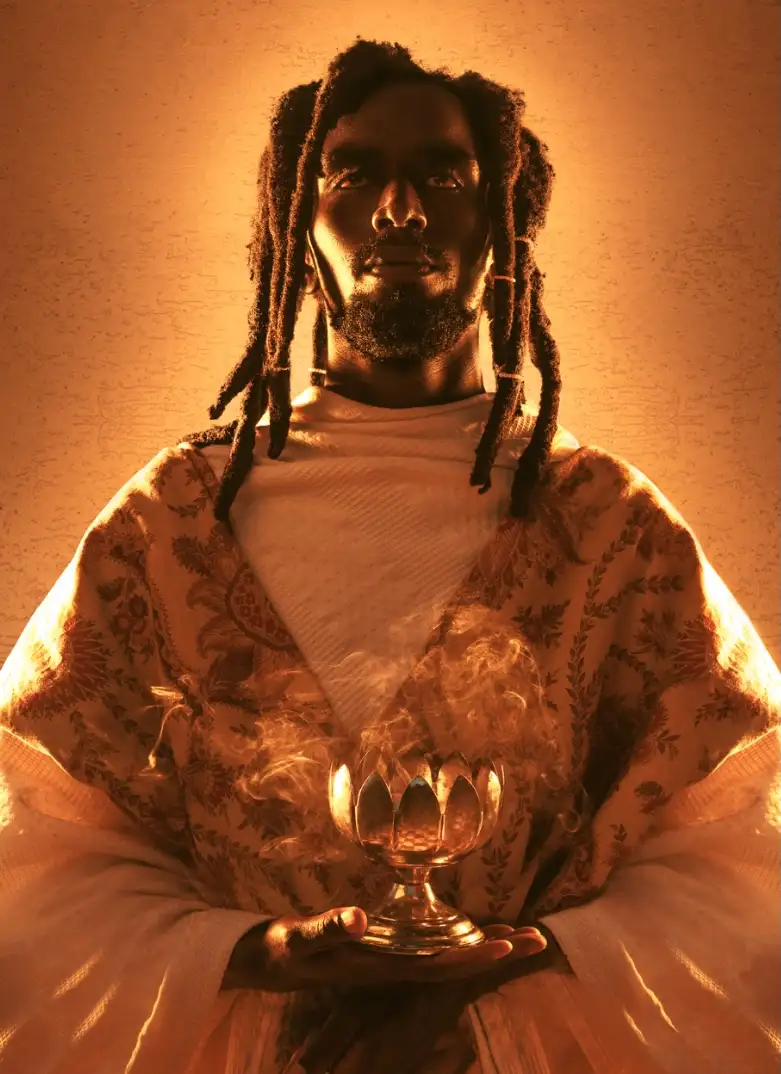
Strategy 4 – Collage Mashup
This CD style is actually a nod to the initial days of advertising and marketing and is based on the idea of scrapbook-style cutouts and mashup of images, lettering, or other design elements that may seem they do not belong together but come together to communicate the brand story.
This design style can be deceptively complex and can look really awful if not done well. Careful thought must be put into choosing the various elements that make up the collage. You can either license various images, illustrations, and photos to use in the mashup or you can create from scratch. Either way, make sure that you are not using this style for the sake of it or because you just think it looks cool. Make sure that you understand your customer archetype and design accordingly.
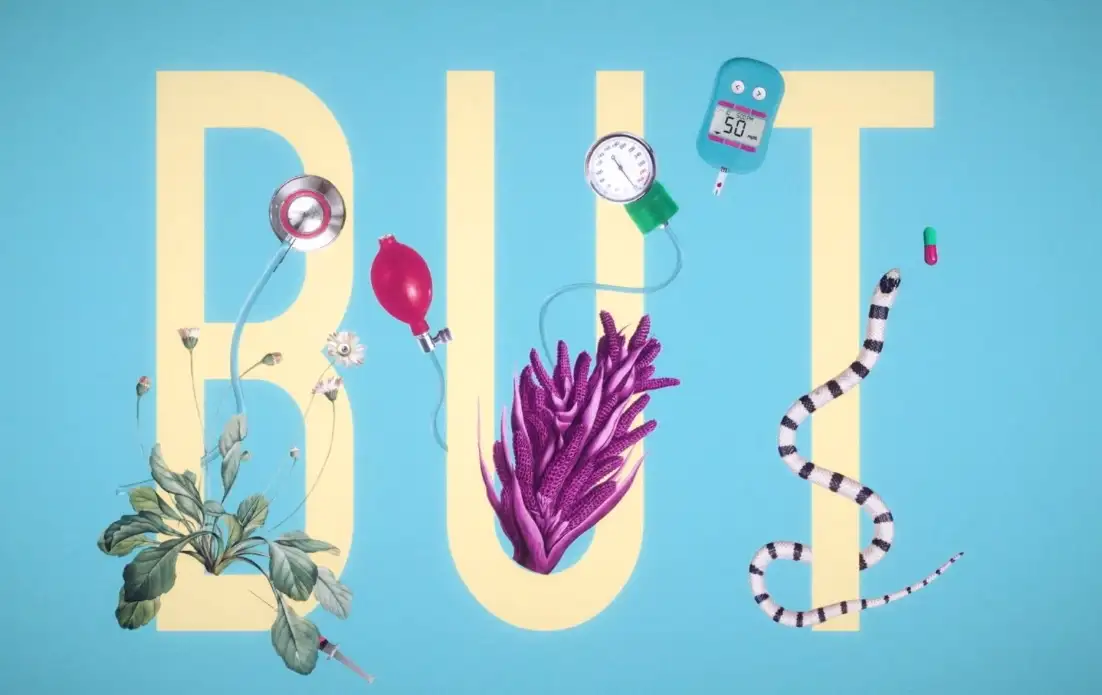
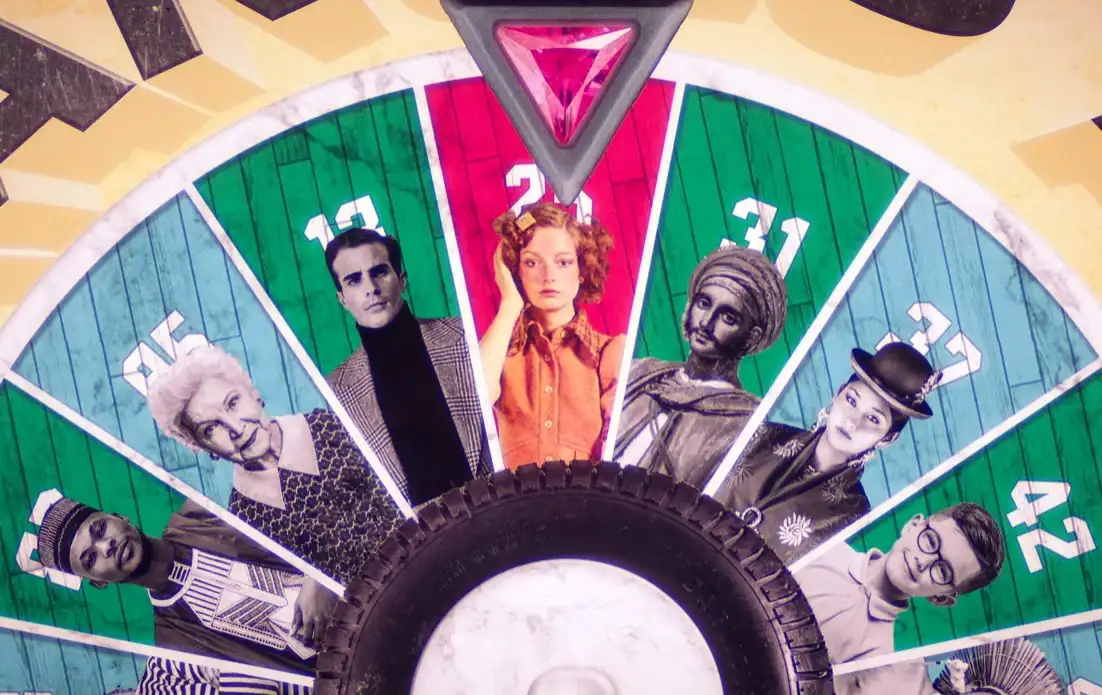
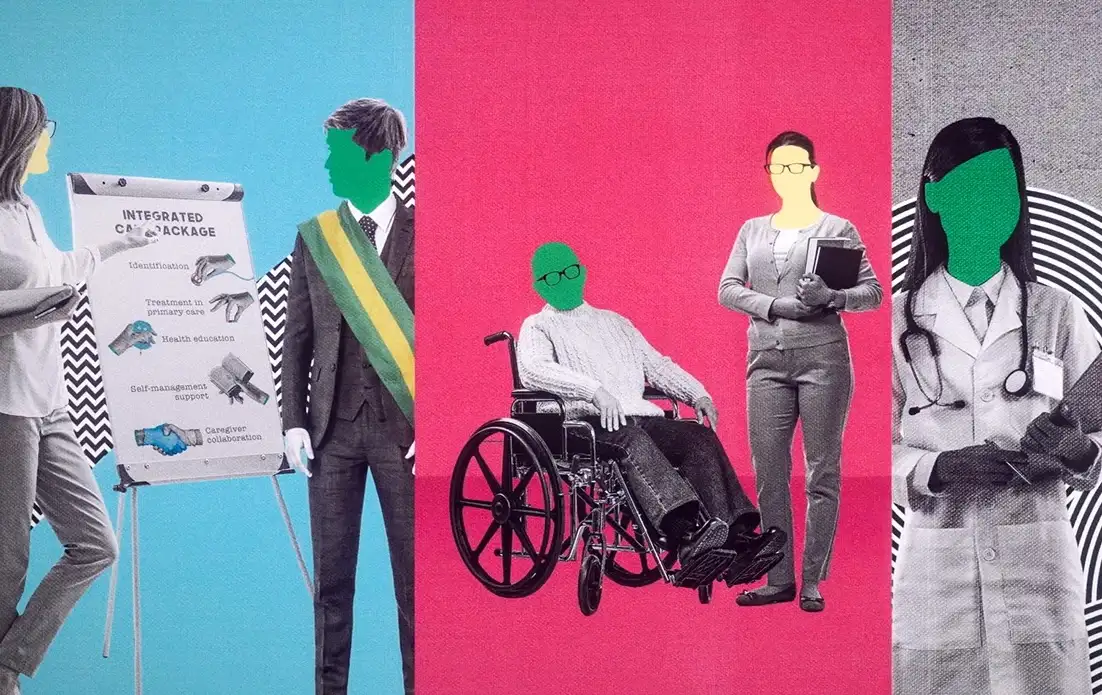
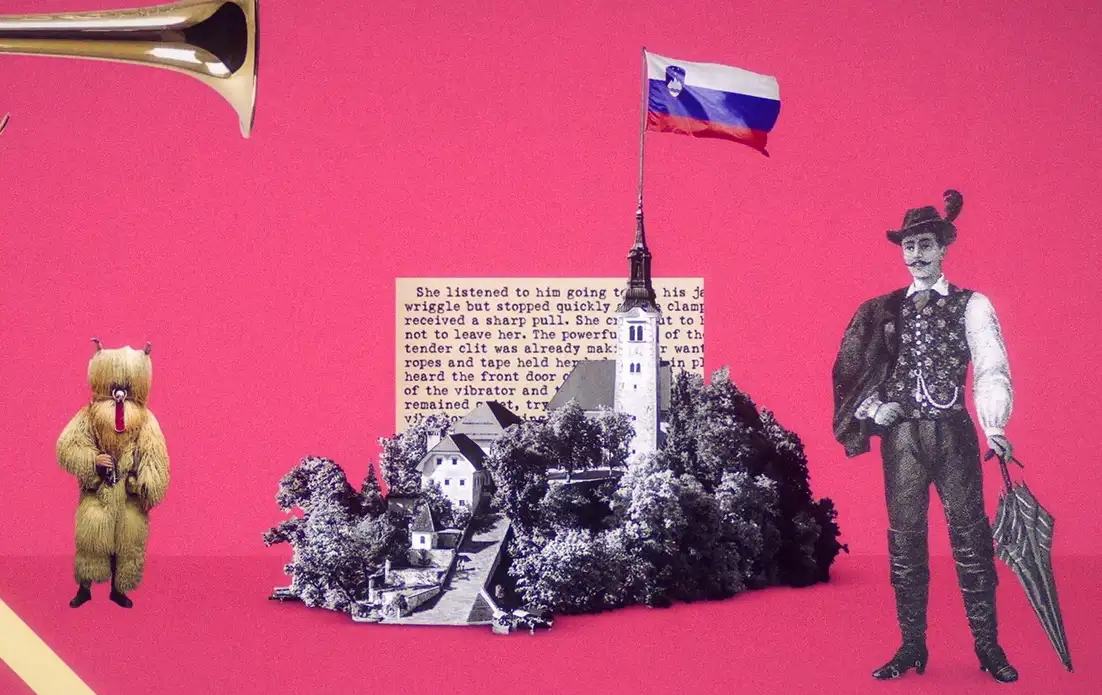
Strategy 5 – Surrealistic Gradients
A lot of tech brands and fintech brands are going down this surreal gradient design style which creates a very modern look and feels for the creative assets. However, the big question with this style is whether it would age well.
The minimalistic style combined with the gradients is an excellent path to choose if you are in the tech, crypto, or SAS sectors. Take a look at the example below of a media company creating templates for the Pixlr software. The surreal colors and gradients create a very airy and modern feel that communicates the message of cutting-edge services.

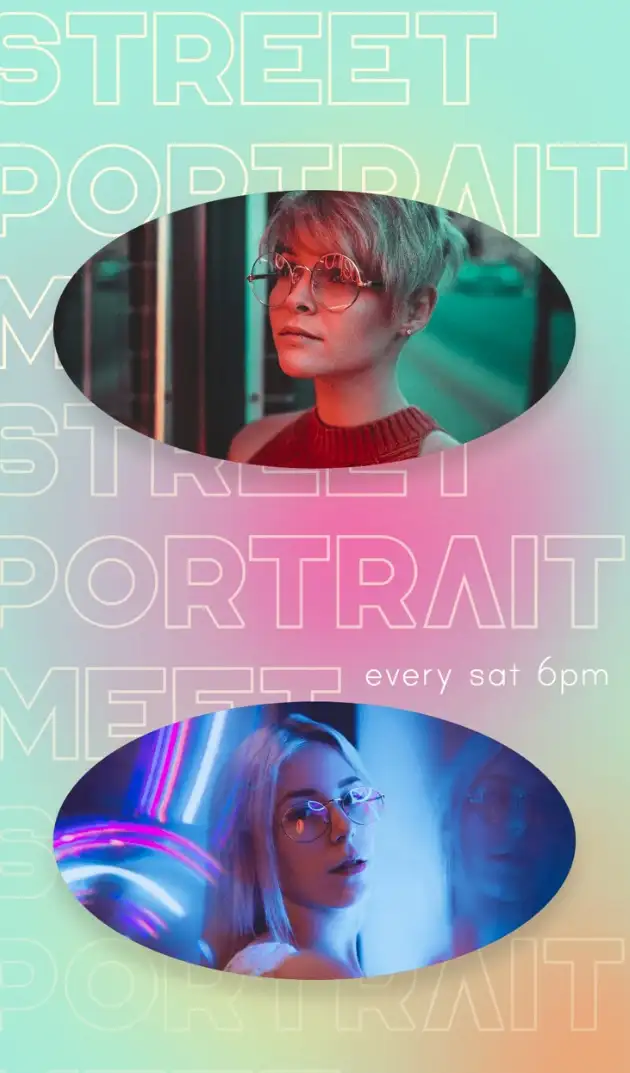
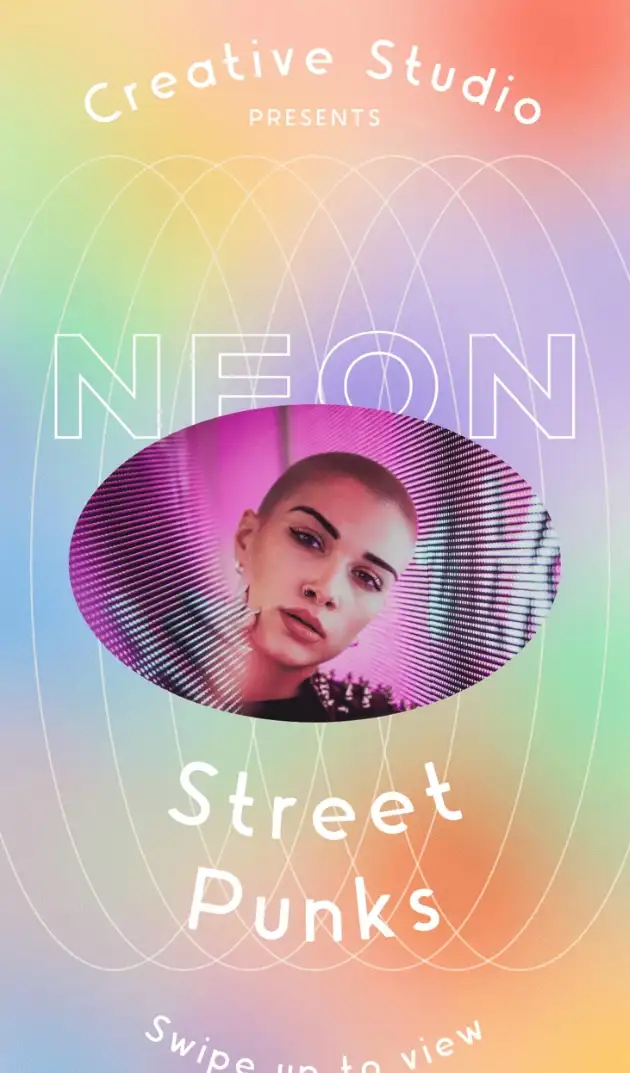
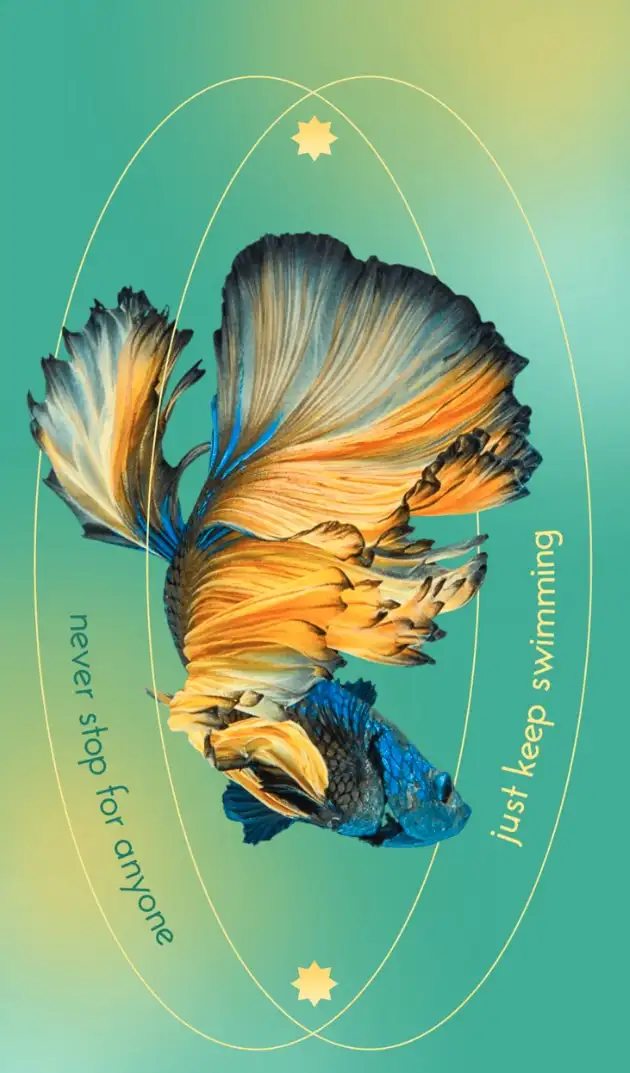
Why do you need creative direction for your brand?
As you saw with the examples above, a little bit of CD goes a long way in creating a visual theme that sets your brand apart and creates brand recall. You, the creative director, are as important as the CEO, COO, or CTO. Even if your company is small, make sure you play the part of the creative director. Learn about design principles and how they affect psychology.
Translating your positioning strategy into a visual language is at the core of a successful marketing strategy. Engaging a full-service graphic design agency with an experienced art director to work on your creative vision. Do not compromise on this step!
CD FAQs
If you are thinking of getting into creative direction or becoming a creative director, here are some frequently asked questions and their answers based on our experience here at Spellbrand.
Can I become a creative design director without formal training?
Yes, you can. However, you will have to apply yourself to learn about the various aspects of CD such as design principles, audience journey, psychology, user experience, and more. In fact, a lot of creative directors out there do not have any formal training but have amassed seat of the pants experience.
Can I just study for a BFA after +2 and become an art director?
Yes, most certainly. As mentioned above, becoming a creative director can be either through formal training or through hands-on experience. But learning is required along with the application.
How hard is it to become a Creative Director at an Ad Agency?
It is quite hard to become a creative director at an ad agency. Of course, this depends on the size and location of the agency but most agencies that have a decent set of clients would be looking for a creative director who has proven experience delivering results-driven creative strategies and client campaigns.
Do art directors have to know how to illustrate?
While it is not required that art directors need to know how to illustrate, you will notice more art directors have come design backgrounds and therefore are able to visualize complex solutions to brand message problems. It is quite useful to know how to design if you want to be an effective art director.
What is it like to be a creative director in a big company?
To be quite frank, being a creative director in an agency or big company can be quite challenging. It is a high-stress job that requires coming up with creative solutions, unique ideas, understanding the business needs of the client, running creative teams, dealing with clients, and other skills. It can be high-paying and rewarding to some but can be highly stressful for others.
What are the responsibilities of a creative director?
A creative director is responsible for understanding the brand strategy requirements of a client’s project and then coming up with creative solutions through research, analysis, and intuition. They need to liaise with the client for discovery, ideation as well as concept presentations. They need to also run creative teams and delegate tasks to designers.
Areas of work may include branding, graphic design, video, research, strategy, prototyping, print media, web design, and more.
What tools does a creative director use?
Creative directors can use a lot of branding tools to execute projects. These fall into categories such as design tools, ideation tools, project management tools, and more.
How much does a creative director charge per day?
This really depends on the location, type of agency, the rooster of clients, specialization, and other factors. The Graphic Artists Guild puts the salary from $76,000 to $140,000 in the US. But this can be as much as $500,000 for some rockstar creative directors at super agencies.
How competitive is it to become a Creative/Art Director?
It can be quite tough. This will need years of learning, practice, application, dedication, and single-mindedness in working with creative projects.
References & Credits
Photo Credit: Label Fine Perfumes by Lauro Samblás
Photo Credit: Dermal Solution by Brian Liu
Photo Credit: AANJIRU by Kabutha Kago
Photo Credit: SCUBY – Scale up care
Photo Credit: Gradient Story Templates for Pixlr

